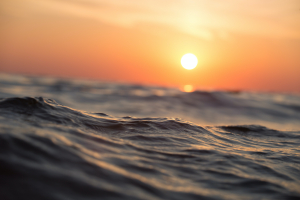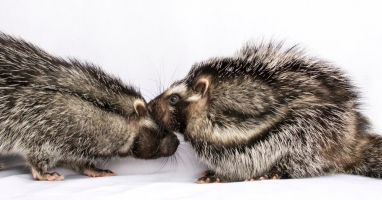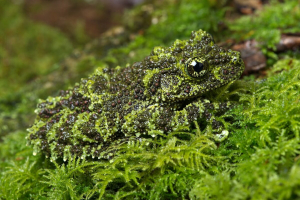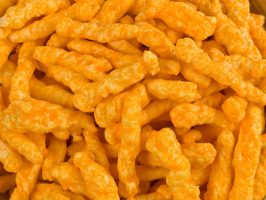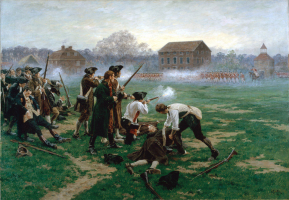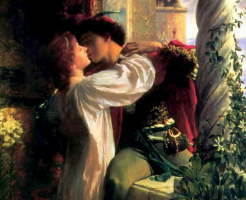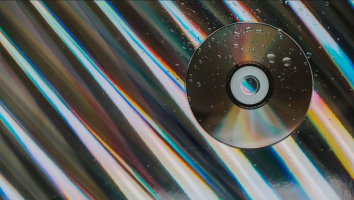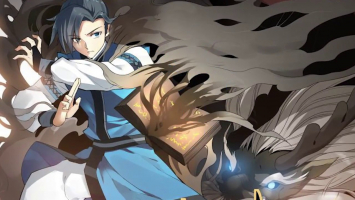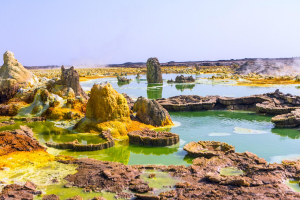Top 10 Bizarre and Unexpected Forms of Camouflage
The act of concealing something by having it mix in with its surroundings is known as camouflage. It can be natural, like how animals blend in with their ... read more...surroundings, or it can be unnatural, like how the military paints its vehicles or dresses its soldiers in uniforms to make them blend in. And this appears to make sense most of the time. To conceal yourself in trees or shrubs, use traditional military camouflage, which mixes nicely with surrounding vegetation. Senses well. However, camouflage can occasionally become incredibly brilliant and unexpected.
-
Most of us probably image regions like the Middle East or even Texas when we think about oil resources. The fact of the issue is that oil is refined all across the world, from the Canadian prairies to the heart of Los Angeles. There are around four million people living in the city of Los Angeles. The population of Los Angeles county is over 10 million. Hollywood, Beverly Hills, and all the glamour and beauty one would expect from one of the biggest cities in the world can be found there. An estimated 1.4 billion to 5.6 billion barrels of oil are also found there. Since about 1903, they have been digging it out of the ground.
Even if you've never visited Los Angeles, you've probably seen a lot of the city on screen. Oil derricks are not visible. There must be a lot of derricks if they are literally lifting billions of gallons of oil out of the ground. There once were hundreds, but only a few hundred remain active now.
In several locations, the derricks have been concealed from view by being blended into the background of the urban environment. They are shells built with the facade of an apartment or office that are concealed within structures. They are occasionally hidden behind parking lots or even forests. However, they are typically concealed from view in ways that, unless someone knew where to look, most people would never suspect.
https://interestingengineering.com/ 
https://www.theatlantic.com -
Some of the most fascinating insects in the world are dragonflies. The largest insect ever recorded was an astounding 18 inches in length with a wingspan of 30 inches. It was a prehistoric relative of the dragonfly. They not only have an unusual appearance, but they also possess some fascinating abilities. A dragonfly, for example, can use motion camouflage.
This unusual method of camouflage contradicts what other animals do to conceal themselves. While conventional camouflage requires you to remain still in order to blend in with the surroundings, a dragonfly can mask any movement. Because it is such a complicated procedure, scientists are still unsure of how a dragonfly accomplishes it. Nevertheless, the process as it is currently understood is rather special.
In essence, a dragonfly's ability to continuously alter its flying while following prey allows it to remain fixed in the same location on its victim's retina. The dragonfly is hovering in position, absolutely still in the eyes of the thing being chased. Although it appears to be moving in the same direction with respect to a stationary object, in reality, it is actively flying in the direction of its prey. Because of this, the dragonfly can approach its victim quickly and without the prey recognizing that they have no more time to flee.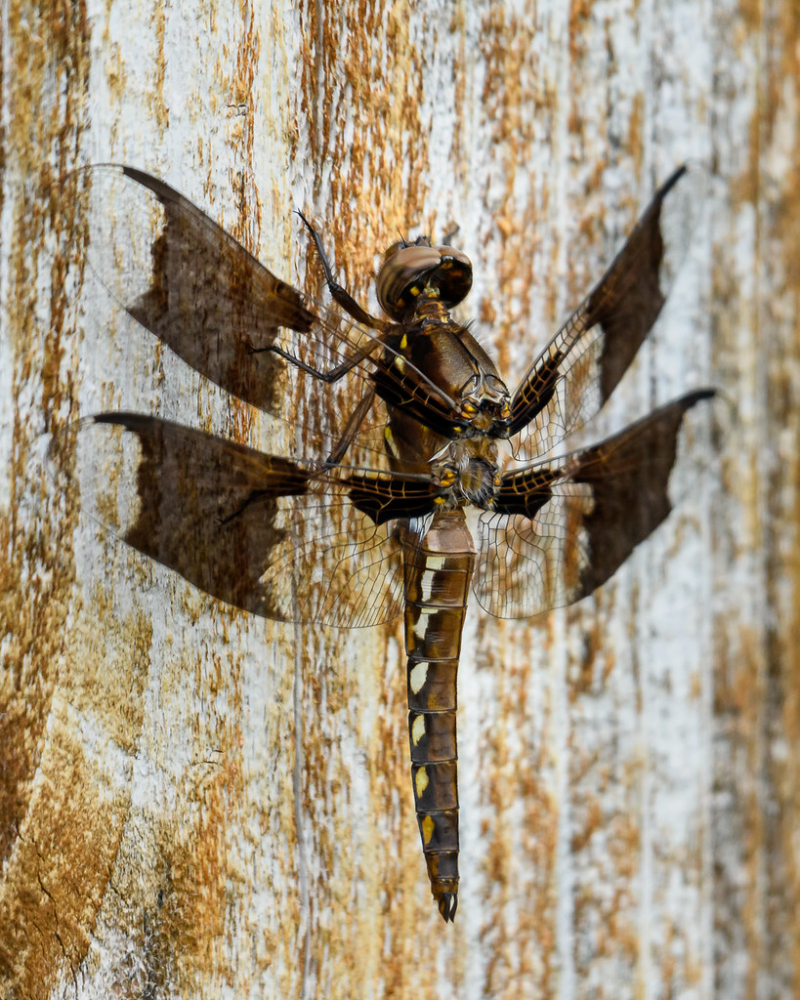
https://www.flickr.com 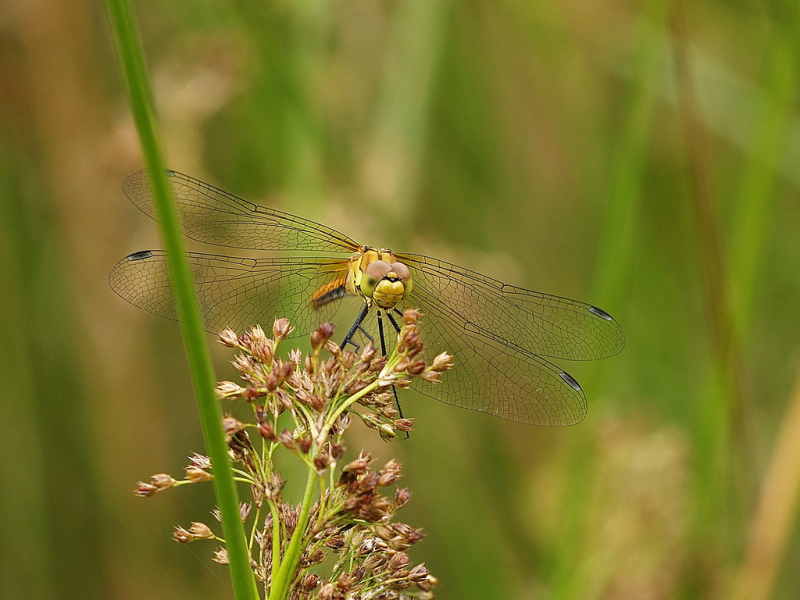
https://www.flickr.com/ -
People throughout history have occasionally needed to conceal items that they didn't want others to see, much as how Disney hides less-than-magical structures. Not out of any sense of security, but rather out of politeness. That is how we came to have toilets that blend in.
The bathroom is still considered private even today, and for good reason. Probably, you don't want to see anyone utilizing it. But in the 18th century, some people found it overwhelming just to be aware of its existence. That is how things like a toilet disguised as a massive book come forth. Some of these appear to have been ostentatious decorative flourishes, but it has also been theorized that some of them might have been ingenious strategies for concealing a chamber pot while traveling. This would have been regarded as a lowbrow joke both then and now, since some people have always found toilet humor to be amusing.

https://www.mentalfloss.com 
https://www.new-image-tiles.co.uk/ -
The use of camouflage is not just for animals. Plants must also make the most of their available resources to try to hide from predators wherever possible. In other words, Plants Can Use Odor Camouflage to Trick Insects. If anything, plants need it more because even a sloth can escape faster than the typical ficus.
In a Mexican rainforest, researchers analyzed a wide variety of plants and insects. They came to the conclusion that plants can hide their own chemical scents by passing for other plants that insects are less likely to desire to consume.
Plants in a densely populated environment, such as a jungle, can release scents that effectively blend them into the background. They all start to smell the same, making it less likely that insects will be able to distinguish them from the crowd. Instead of having distinctive and unique aromas that will attract predators, they all start to smell the same.
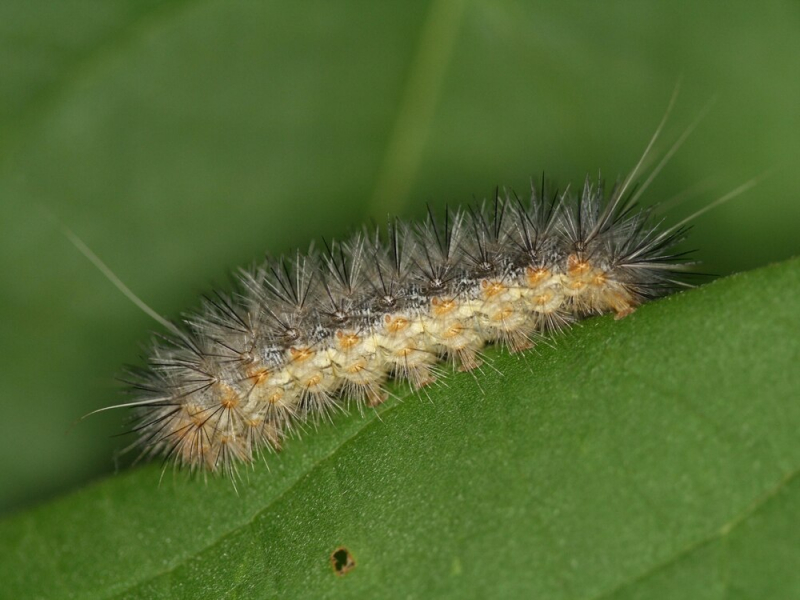
https://www.expressandstar.com 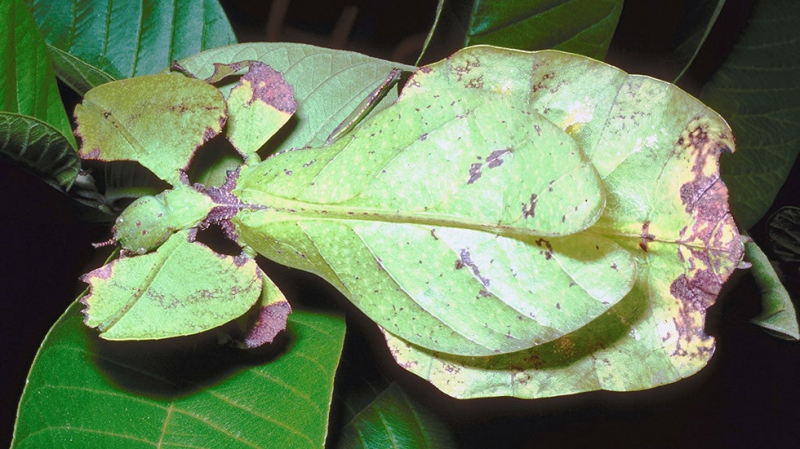
https://weather.com/ -
What have you noticed and observed about sloths when seeing images or videos of them? How adorable are they? How sluggish are they? What about the question, "Hey, why are sloths green?" There is a symbiotic link between sloths and algae, therefore this color of green is truly algae, and it is there for a reason.
The internet adores sloths, the cute, sluggish South American animals that essentially do nothing. They shouldn't be fighting off any kind of onslaught, therefore it makes sense that they would need some sort of defensive camouflage. Algae now comes into play.
You may have observed that the fur of older sloths has a green tint. They truly do a great job of blending into the foliage of the trees in which they live because of the algae that is actually developing on their backs.
This form of camouflage is symbiotic, unlike most others. The sloth gets to blend in and receives nutrients from the algae through its skin, while the algae gets water from the sloth's fur and ultimately a safe place to dwell.
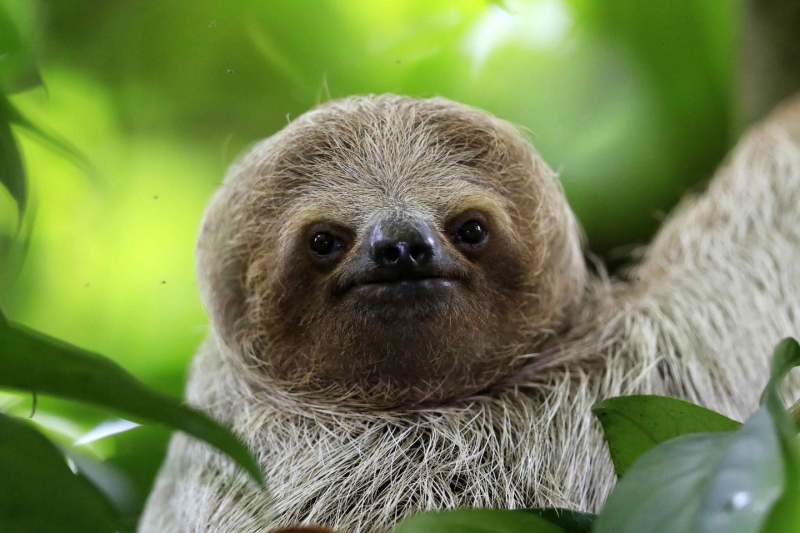
https://www.washingtonpost.com/ 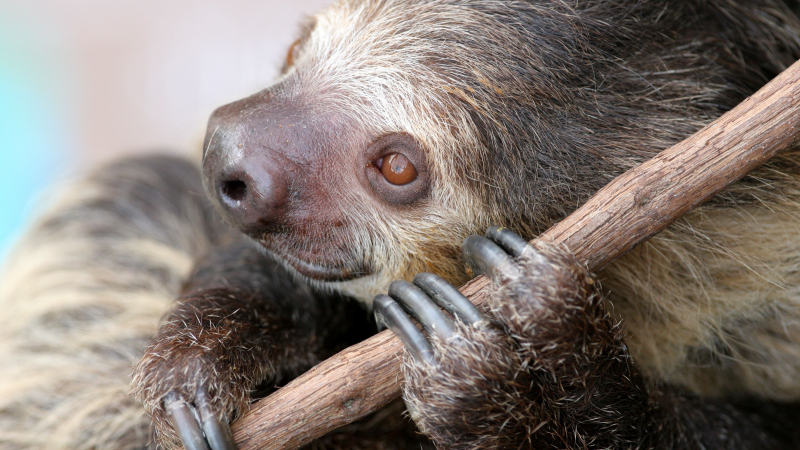
https://www.mentalfloss.com -
In the huge, dark environment known as the mesopelagic twilight zone, which occurs between 200 and 1,000 meters deep in the ocean, sunlight is gradually replaced by point-like bioluminescent emissions as depth increases. Dr. Julien Claes of the Université Catholique de Louvain and his colleagues studied the visual ecology of five deep-sea bioluminescent sharks to better understand the tactics utilized by bioluminescent predators.
For better or worse, and typically worse, sharks are frequently linked to violent assaults in the news and iconic movies like Jaws. And certain shark species can be hostile and dangerous. There are more than 500 different species of shark in the globe, and some of them cannot defend themselves by using their strong teeth and speed.
Even though they can reach lengths of almost six feet, some bioluminescent sharks have evolved special camouflage to protect themselves from predators. On the basis of their research, researchers at least hold that opinion. Because these species of sharks have concentrated bioluminescent cells on their underbellies, it has been hypothesized that the shining effect would make the sharks practically invisible when seen from below with the water's surface and light visible above them.
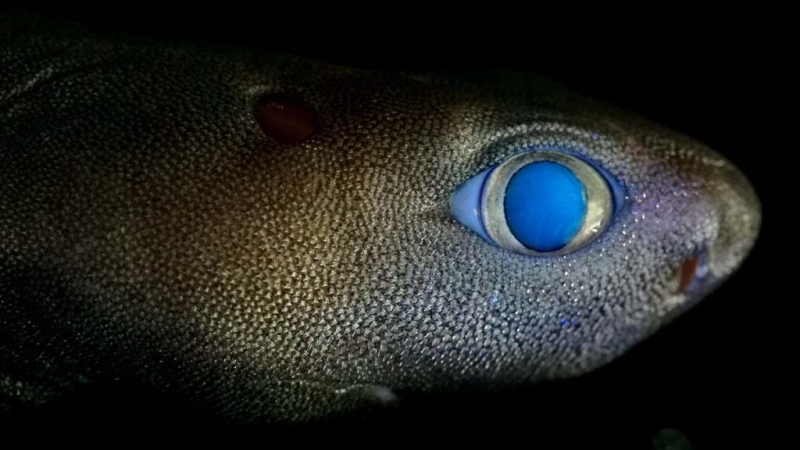
https://nbc-2.com/ 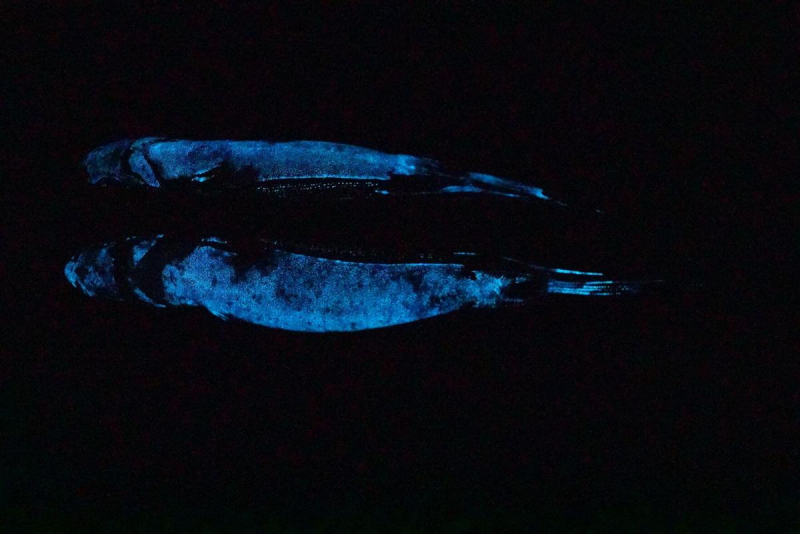
https://tritontimes.com -
Not every form of camouflage is designed to survive or die. Disney uses a particular colour called "Go Away Green" to make less spectacular elements and structures blend in with the surroundings. They cover everything they want their clients to ignore with it, including utility buildings, employee entrances, trash bins, and even huge commercial structures. In other words, Go Away Green and Blending Blue at Disney World and other Walt Disney theme parks have the only purpose of concealing objects that visitors don't wish to see.
It serves a role comparable to olive drab and is a grayish green color. Disney is utilizing technology to create the sense of a magical world where boring ordinary structures are absent, rather than to blend in to hide from your adversaries. It is unexpected that they achieve this by making them blander still. Disney generates revenue by providing guests with an intense and expensive experience. It's the Magic Kingdom, after all, so they sell the experience quite explicitly in the way they display the parks and adorn them.No one wants to see the extensive infrastructure that supports magic, which is the problem. Therefore, the parks cover everything that nobody needs to notice in their own brand of camouflage, go away green. It's intended to conceal items that aren't intended for regular customers, such as basic trim and sophisticated buildings and doors.

https://www.trueprepper.com/ 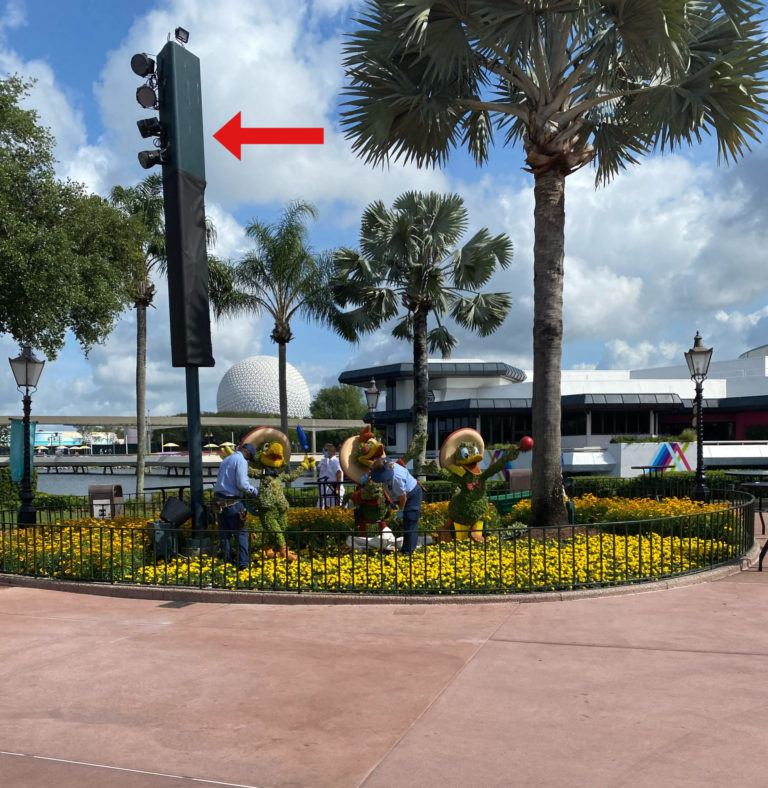
https://mickeyblog.com/ -
Like Mountbatten Pink, Dazzle camouflage was an effort by the military to develop a unique, if not counterintuitive, way to conceal ships during combat. Regardless of the color of the paint, boats were difficult to conceal on the water. A reserve lieutenant from the Royal Navy came up with the novel suggestion to not conceal them at all.
The use of dazzle camouflage was suggested as a way to confuse the opponent rather than conceal a vessel. Stripes and forms would be painted on ships at strange angles and intersections. The result was that it would be challenging to comprehend, rather than that the ship would be hidden. The vessel would be visible to adversaries, and the Dazzle paint job would confuse them. It became challenging to determine the vessel's size, distance, and even the direction it was moving in.
One-fifth of the British Navy's ships had already been sunk by the end of 1916, so they were ready to try just about anything. King George was asked to comment on the model's perceived direction of travel after being shown it. "South by west," the King commanded. In truth? southeast to east. If an opposing gunner couldn't determine the direction in which a boat was traveling, he or she wouldn't know where to aim.
In the end, the findings weren't all that clear in terms of their applicability. Both many and many ships were sunk. Has Dazzle been a success? The response was affirmative for anyone on a boat that wasn't sunk.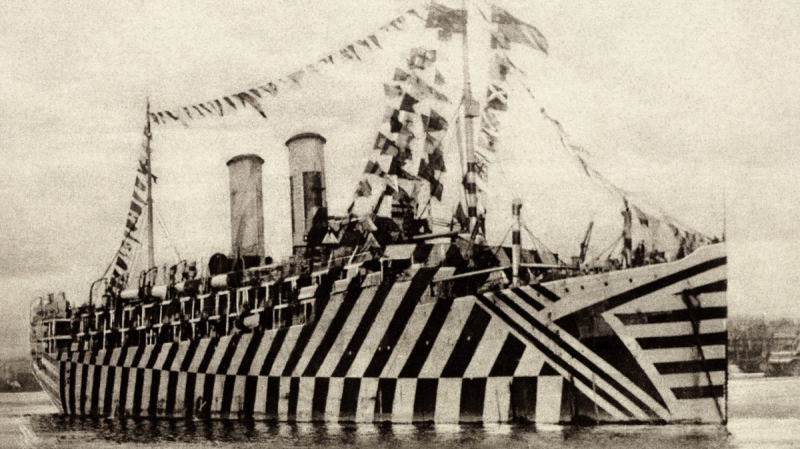
https://www.history.com/ 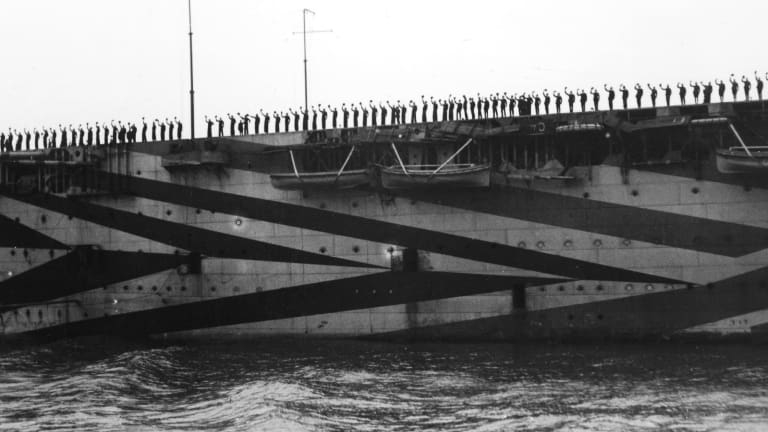
https://www.history.com -
The purpose of camouflage is to blend in, which is its fundamental definition. Because jungles are often green, jungle camouflage is green. For similar reasons, desert camouflage is brown and beige. The exception to the generalization that camouflage should actually blend in with something natural is Mountbatten Pink.
Mountbatten Pink, named after navy captain Louis Mountbatten, is exactly what it sounds like: pink. It was created for British military vessels. Military ships were painted in Mountbatten Pink in an effort to blend in with the horizon by disappearing during sunrise and sunset. This was the time of day when German U-boats were most likely to begin an attack during the Second World War. The main issue with the color was that it wasn't really put to the test and wasn't really effective. This was especially obvious throughout the rest of the day, when the pink color was ineffective as camouflage.
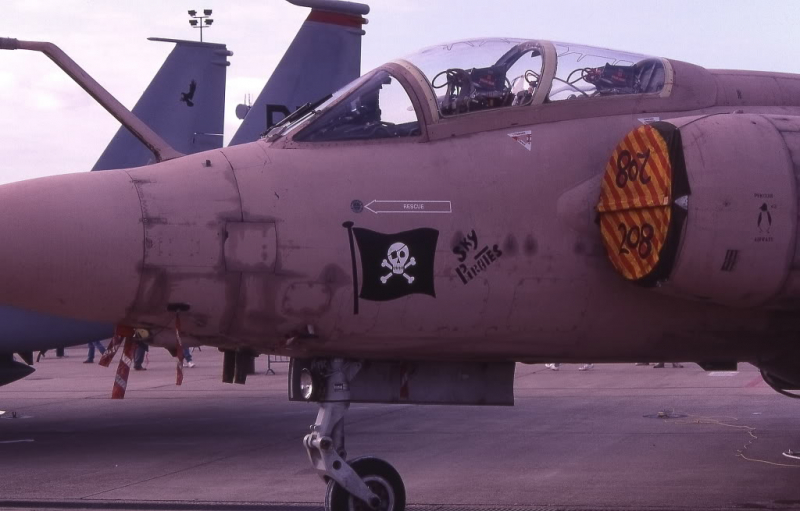
http://homemadedefense.blogspot.com/ 
https://homemadedefense.blogspot.com/ -
In many places of the world, the night skies spring to life as soon as the sun sets. Both bats and moths emerge, and since bats are typically faster and ravenous for tasty moth meat, moths must stay vigilant. Moths do, however, have a highly odd kind of camouflage as a form of defense against these flying mammals.
Many moths that use visual camouflage are visible to humans. They may have the appearance of bark or leaves before disappearing. However, this is meaningless if a bat is actively hunting one. When hunting at night, bats rely more on echolocation than sight. Despite having good eyesight, echolocation is more effective at night, as you might expect.
Some moths have evolved echolocation camouflage to fend off the threat of bats and their expert hunting abilities. Moths have a type of acoustic camouflage on their wings that allows them to absorb sound, preventing the signal from returning to the bat to identify where the moth is. These powdery scales. Simply said, they become audibly invisible as a result, perhaps making echolocation useless.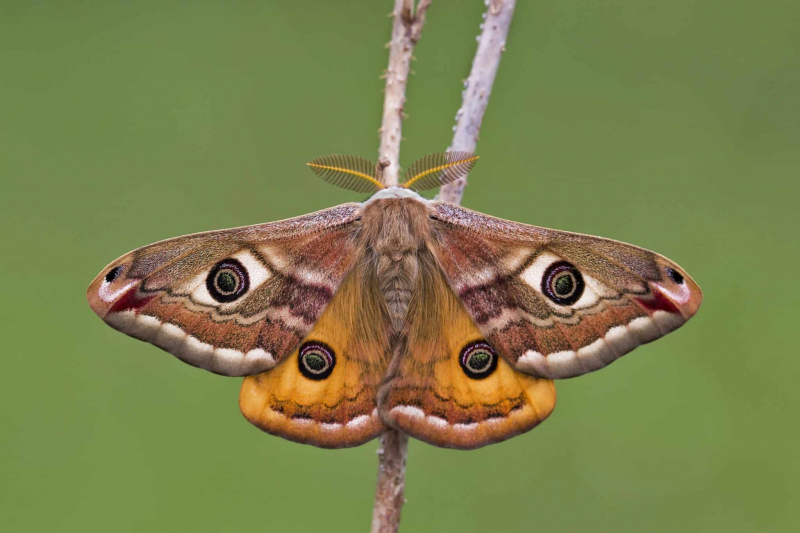
https://animalinfoworld.com 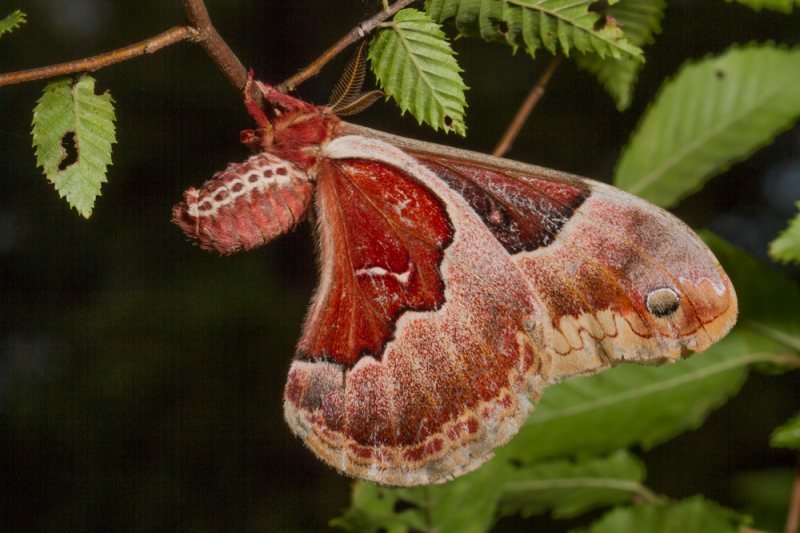
http://dpr.ncparks.gov












